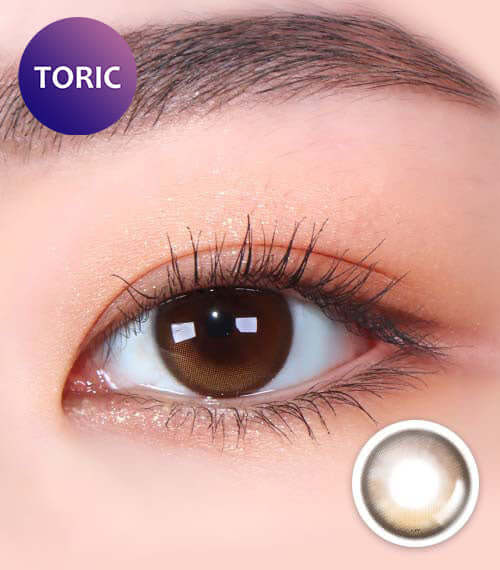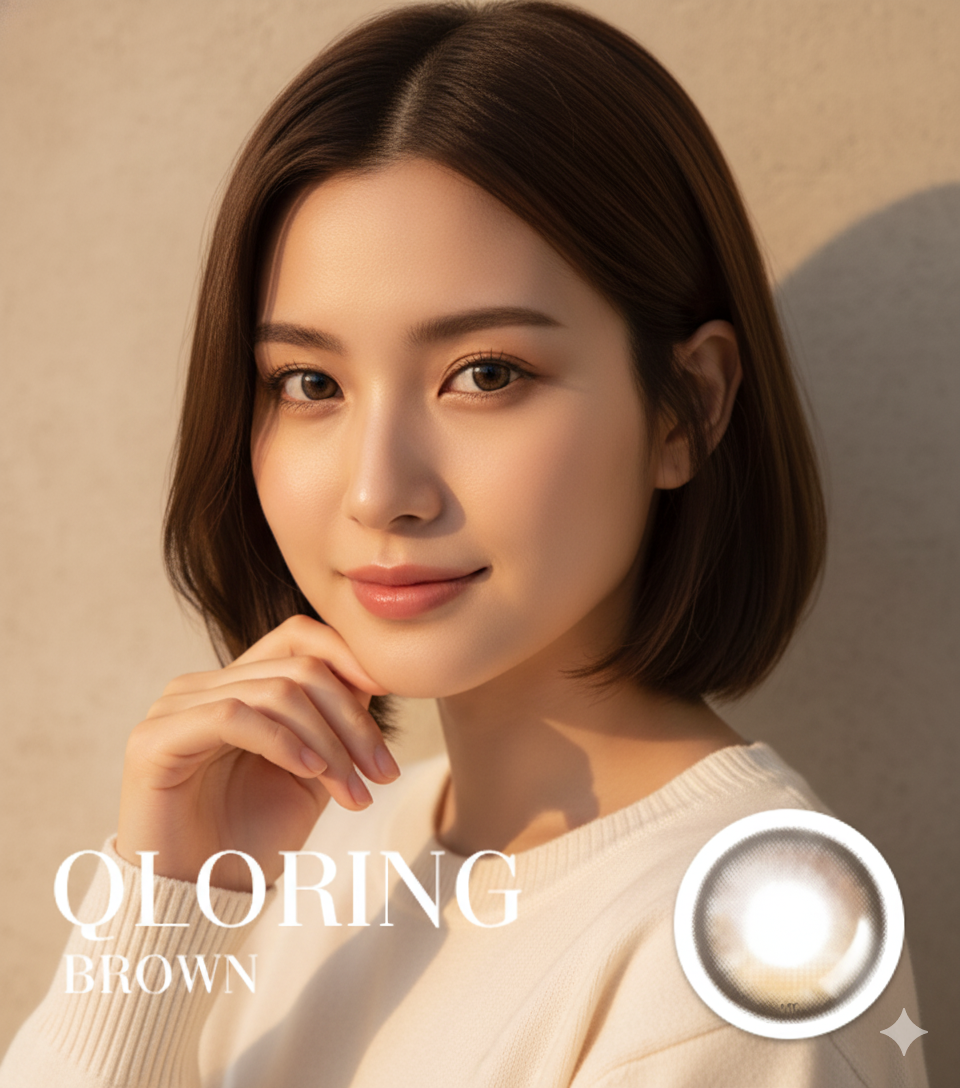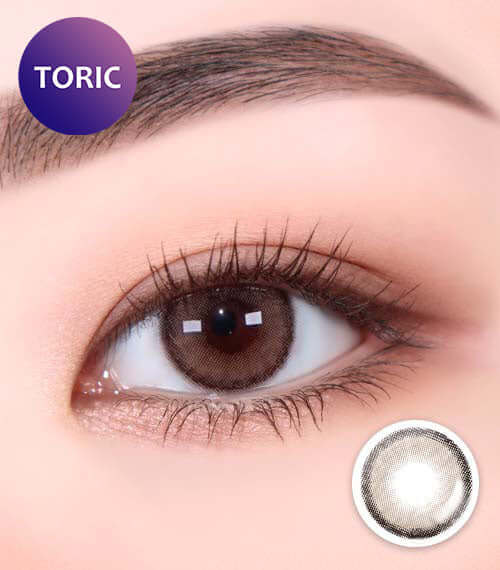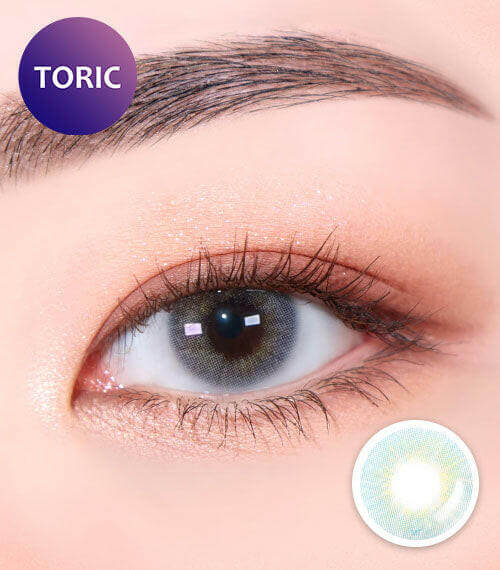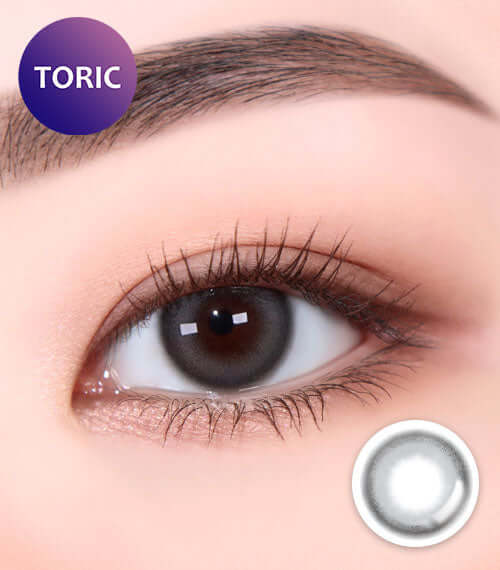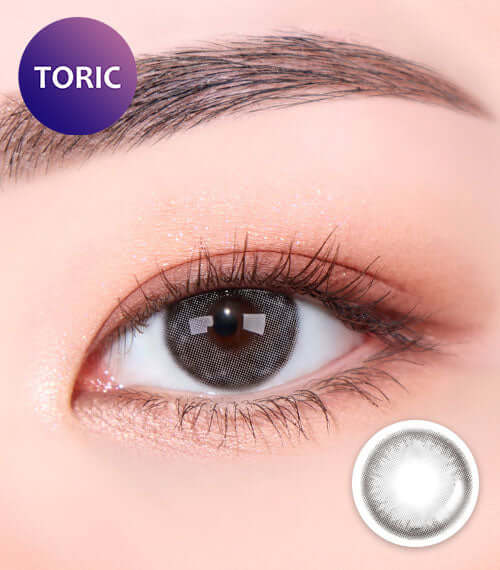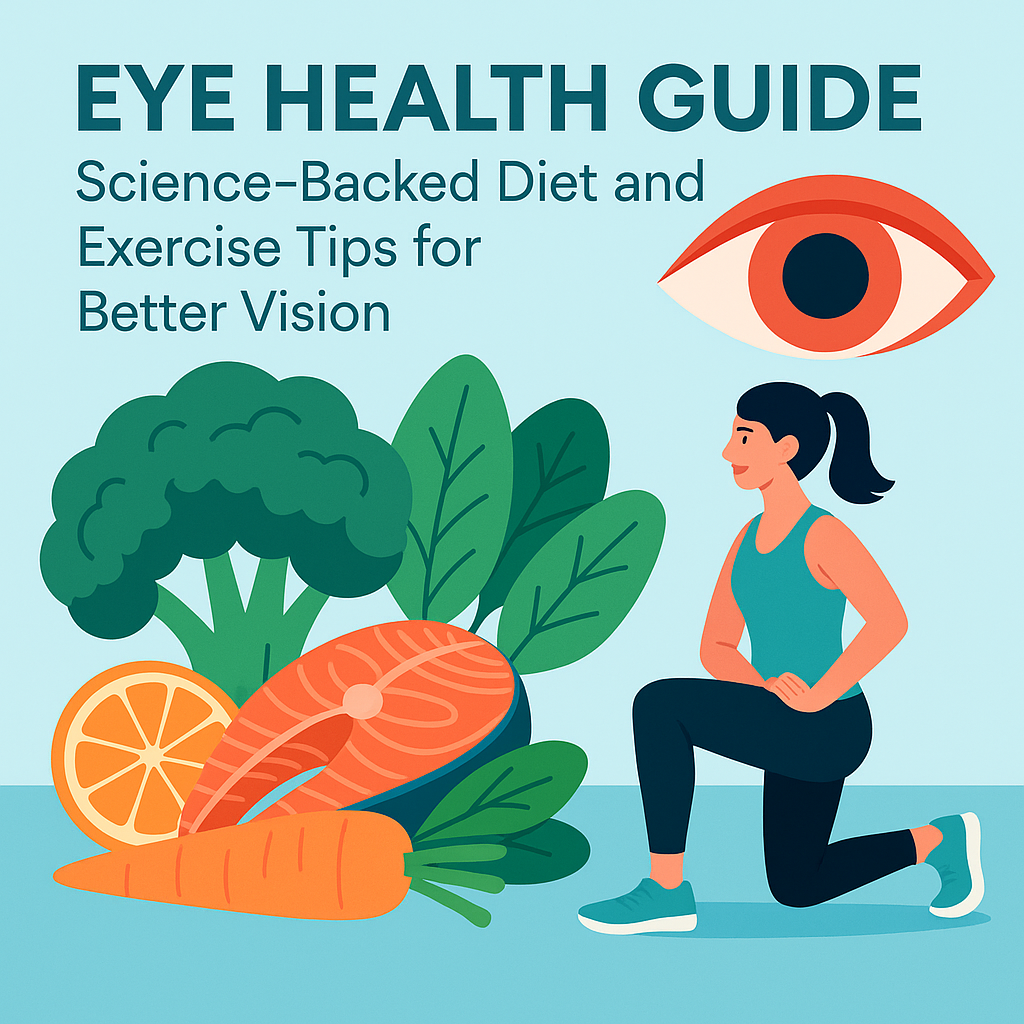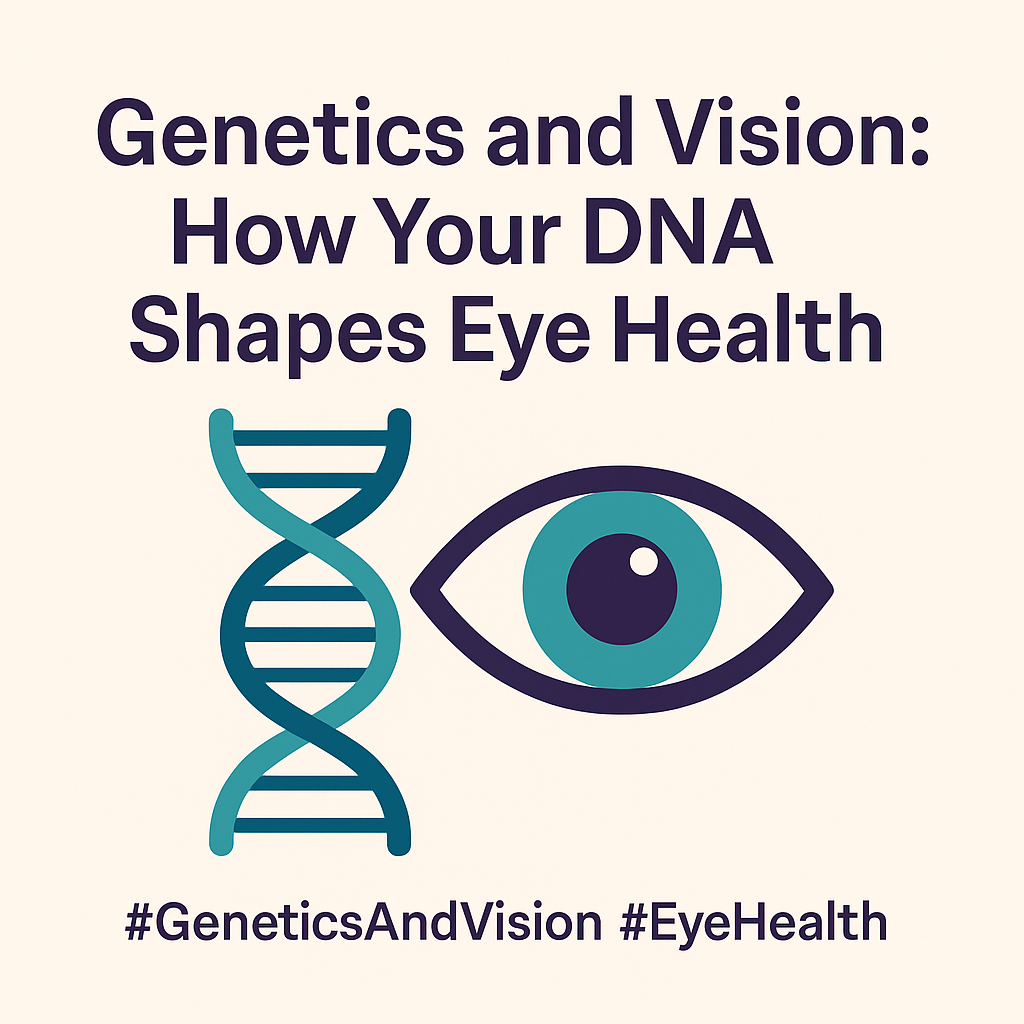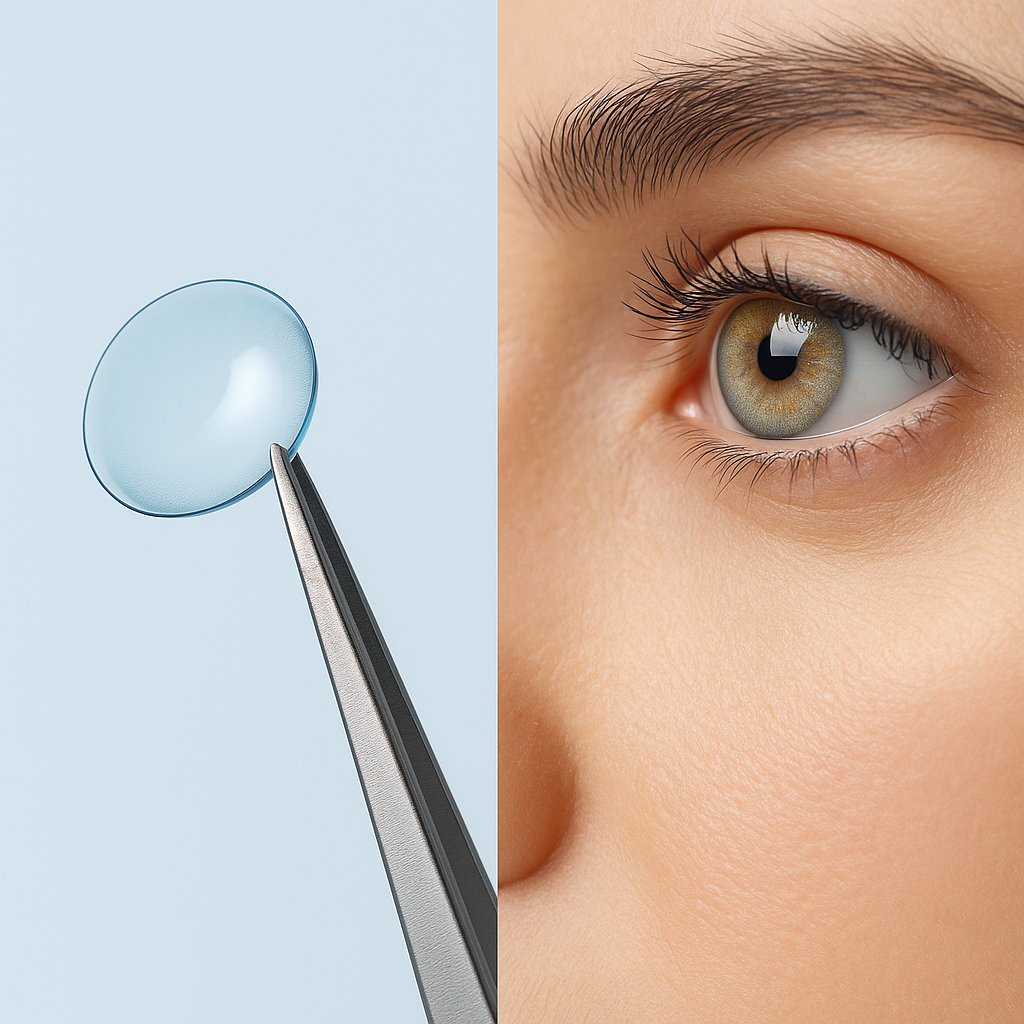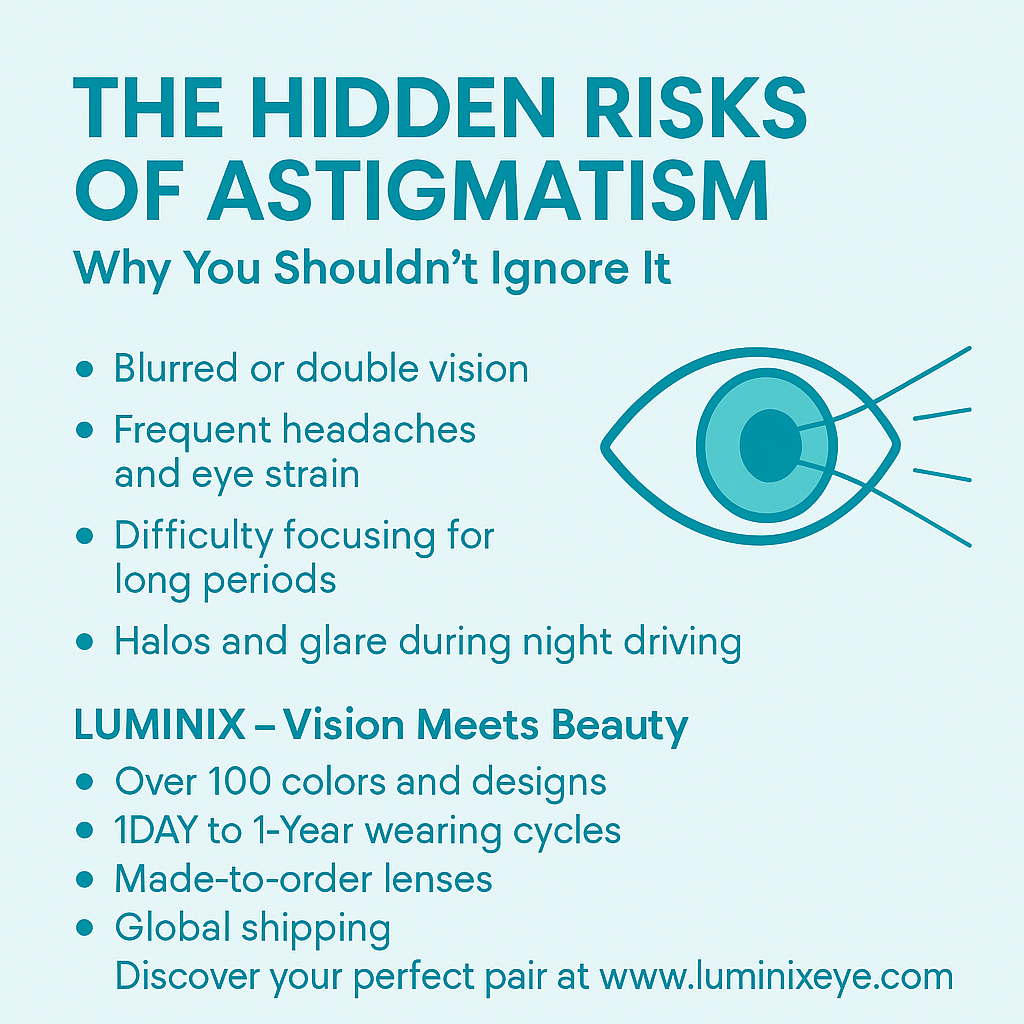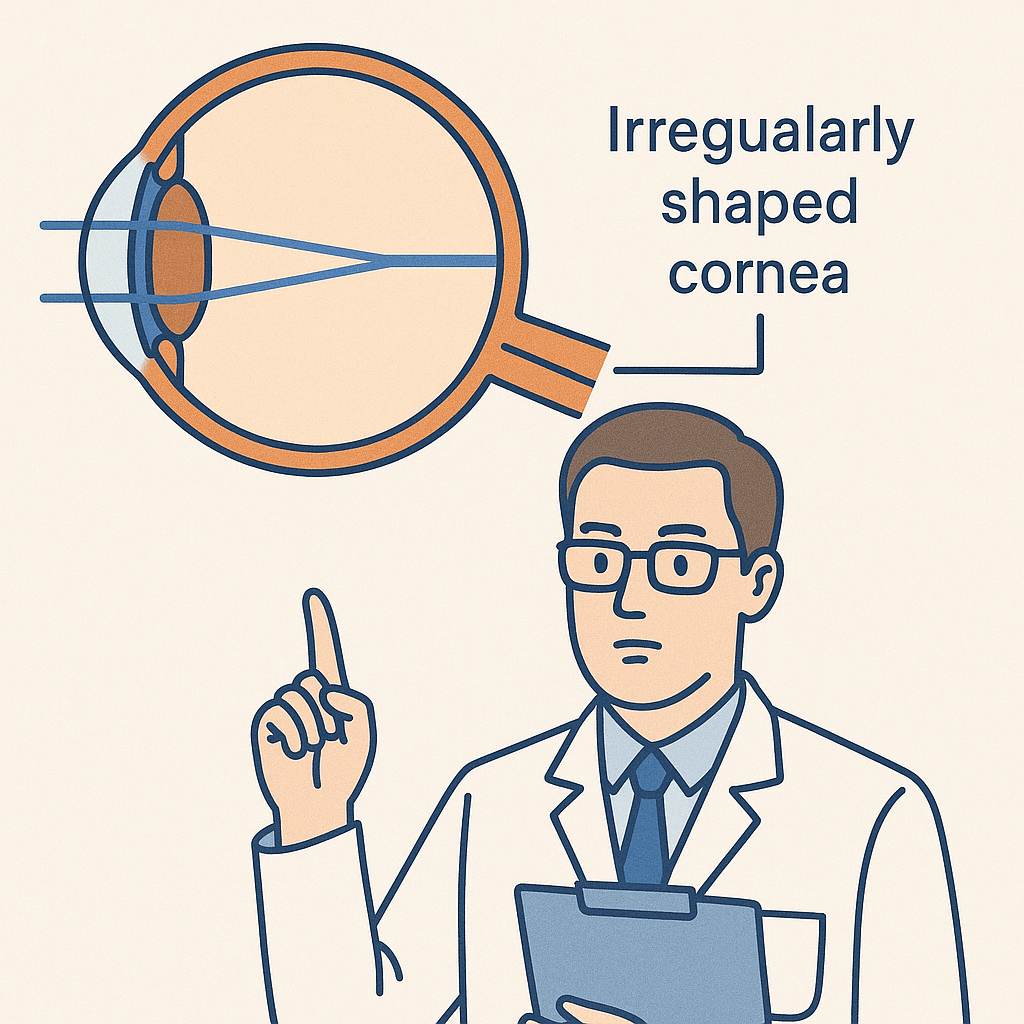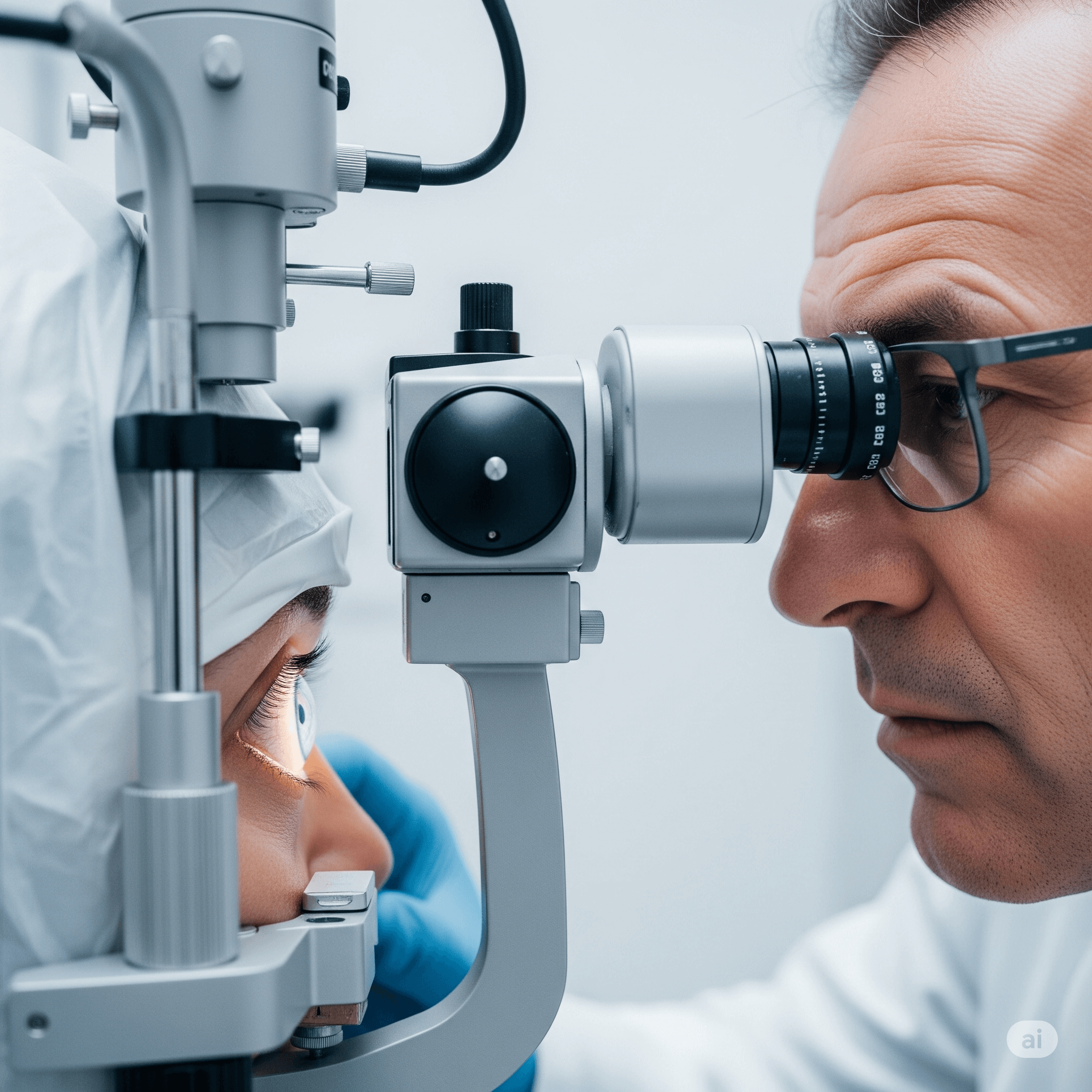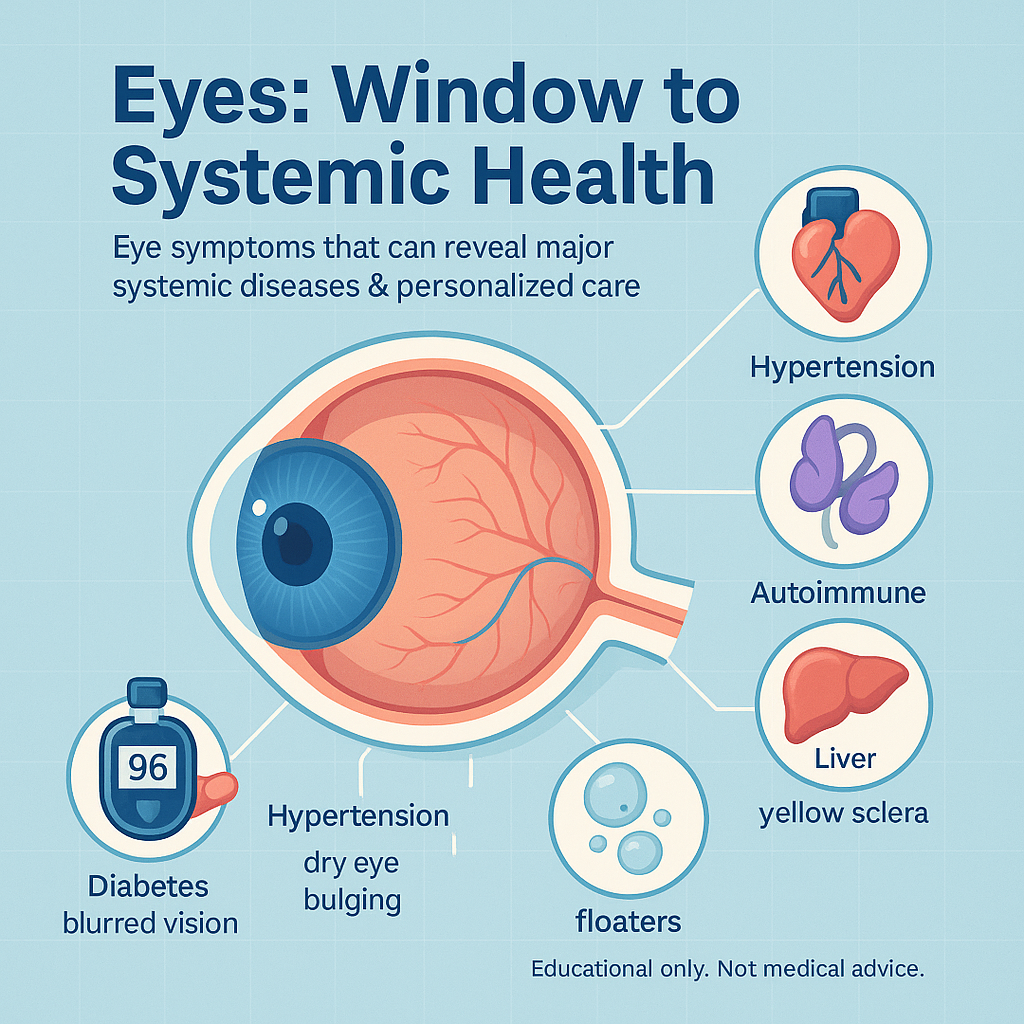
Your Eyes, Your Health: The Unexpected Connection
Your Eyes, Your Health: The Unexpected Connection
A simple glance at your eyes can reveal more than you think.
When you think about a medical check-up, your eyes might not be the first thing that comes to mind. Yet, as the famous saying goes, the eyes are the windows to the soul, and it turns out they're also a remarkable window to your overall health. Many systemic diseases—conditions affecting the entire body—first show their signs through subtle changes in your vision or the appearance of your eyes. Understanding these early indicators can be key to a timely diagnosis and effective treatment.
In this guide, we'll explore some common eye conditions, uncover their surprising connections to your broader health, and provide actionable tips for both treatment and prevention.
Dry Eyes: More Than Just Discomfort
A nagging, gritty feeling in your eyes might be a sign of something more than just a long day at the computer. Chronic dry eyes can be a symptom of Sjogren's syndrome, an autoimmune disorder that attacks the glands responsible for producing tears and saliva. It can also be linked to other autoimmune conditions like rheumatoid arthritis and lupus.
Treatment & Prevention:
- Treatment: Use lubricating eye drops (artificial tears). For persistent cases, your doctor may prescribe medications to increase tear production or recommend punctal plugs to keep tears on the eye's surface longer.
- Prevention: Stay hydrated, use a humidifier, and take regular breaks (the 20-20-20 rule) when using digital screens. Omega-3 fatty acids from fish or supplements can also help.
Diabetic Retinopathy: A Warning Sign of Diabetes
Blurred vision or floating spots can be one of the first indicators of undiagnosed or poorly controlled diabetes. High blood sugar levels can damage the tiny blood vessels in the retina, a condition known as diabetic retinopathy. Without proper management, this can lead to vision loss.
Treatment & Prevention:
- Treatment: Laser surgery to shrink blood vessels, injections of medication into the eye, or surgical removal of scar tissue.
- Prevention: The most effective prevention is strict control of blood sugar levels. Regular exercise, a healthy diet, and consistent monitoring are crucial. Annual dilated eye exams are essential for early detection.
Yellowing Eyes: A Glimpse into Liver Health
A subtle yellow tint in the whites of your eyes (the sclera) is a classic sign of jaundice, a condition that indicates a problem with the liver or gallbladder. It occurs when a buildup of bilirubin—a yellow pigment—can't be processed and removed from the body. Jaundice can signal conditions like hepatitis, cirrhosis, or a blocked bile duct.
Treatment & Prevention:
- Treatment: Addressing the underlying cause is the primary treatment. This may involve medication, lifestyle changes, or in some cases, surgery.
- Prevention: Maintain a healthy liver by limiting alcohol consumption, maintaining a healthy weight, and getting vaccinated against hepatitis.
Glaucoma and High Blood Pressure
While glaucoma is primarily an eye condition, studies have shown a link between it and systemic hypertension (high blood pressure). Elevated blood pressure can impact the delicate blood vessels supplying the optic nerve, increasing the risk of damage. This highlights the importance of managing blood pressure for more than just heart health.
Treatment & Prevention:
- Treatment: Prescription eye drops to lower eye pressure, oral medications, or laser surgery. Consistent blood pressure management is also part of the treatment plan.
- Prevention: Regular comprehensive eye exams are the best way to catch glaucoma early. Maintaining a healthy lifestyle with a balanced diet, exercise, and stress reduction can help control both blood pressure and eye health.

